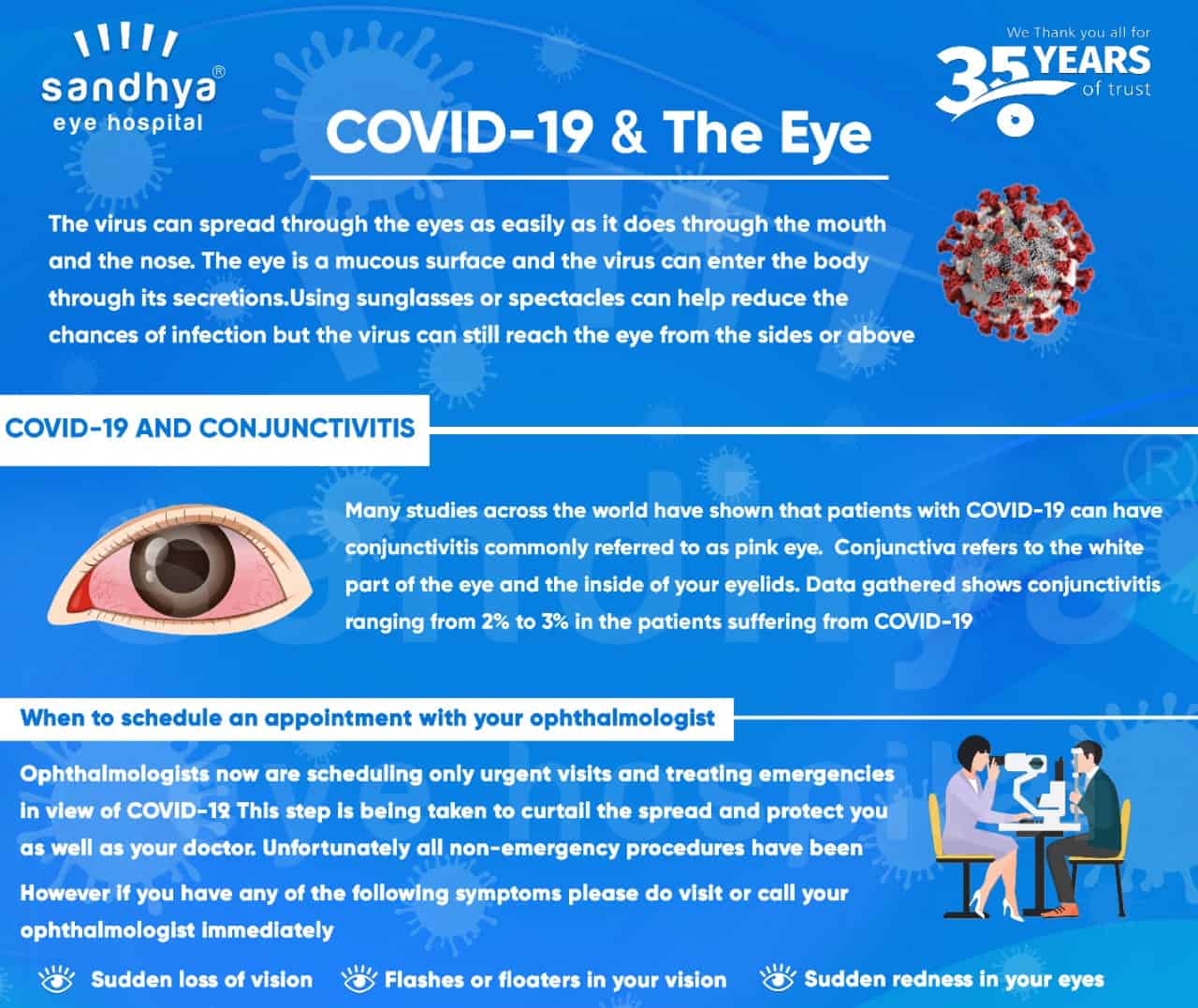Coronavirus
SARS-CoV-2 is a respiratory virus associated with the corona family of viruses, which causes a disease called COVID-19. The first case of this now global pandemic was reported in Wuhan province of China in November of 2019. With over 3 million cases reported in 190 countries across 6 continents, COVID-19 has affected everyone across the world. Symptoms of the disease range from mild fever and dry cough to severe respiratory failure, it can be lethal due to organ failure.
Mode of spread
The data available at the moment points to COVD-19 spreading in the form of respiratory droplets which are formed when an affected person coughs or sneezes. It can also spread when the affected person touches a common surface after covering their hands when they cough or sneeze. This common surface then acts as a medium for the virus to be transferred to a different person who might touch it and then touch their face. The virus can even be transferred when a patient has no symptoms during the initial few days ranging from 2-14 days after contracting it — this poses a major threat to containing the virus.
Most cases in the younger and middle-aged population are asymptomatic and people of that age group usually recover from the disease. The disease though is highly contagious and particularly troublesome in the elderly population and populations with existing health conditions like diabetes or underlying respiratory problems.
COVID-19 and the eye
- The virus can spread through the eyes as easily as it does through the mouth and the nose. The eye is a mucous surface and the virus can enter the body through its secretions.
- Using sunglasses or spectacles can help reduce the chances of infection but the virus can still reach the eye from the sides or above which is open.
- Protective goggles are more effective and should be worn if you are caring for someone with the disease.
- Avoid rubbing your eyes as your hands could have the virus particles and then can transfer it into your body.
- If your eyes are itchy, use a dry tissue to rub them.
- People who wear contact lenses are advised to use spectacles until the epidemic is over as they tend to touch their eyes more often.
- Wash your hands thoroughly before administering any eye medications you may have been prescribed.
COVID-19 and conjunctivitis
Many studies across the world have shown that patients with COVID-19 can have conjunctivitis commonly referred to as pink eye. Conjunctiva refers to the white part of the eye and the inside of your eyelids. Data gathered shows conjunctivitis ranging from 2% to 3% in the patients suffering from COVID-19. Symptoms of pink eye include:
- Itchiness in the eye
- Redness
- Watering of the eye
- Swelling of the eyes
If you have any of these symptoms please do not panic as there could be other causes of pink eye and most cases whether viral or bacterial can be managed with eye drops with next to no complications. But if you have other symptoms of COVID-19, consult your doctor for further advice. Symptoms to watch out for:
- Dry cough
- Fever
- Loss of sense of smell and taste
- Difficulty in breathing
When to schedule an appointment with your ophthalmologist
Ophthalmologists now are scheduling only urgent visits and treating emergencies because of COVID-19. This step is being taken to curtail the spread and protect you as well as your doctor. Unfortunately, all non-emergency procedures have been postponed. However, if you have any of the following symptoms please do visit your ophthalmologist immediately:
- Sudden loss of vision
- Flashes or floaters in your vision
- Sudden redness in your eyes with headache


